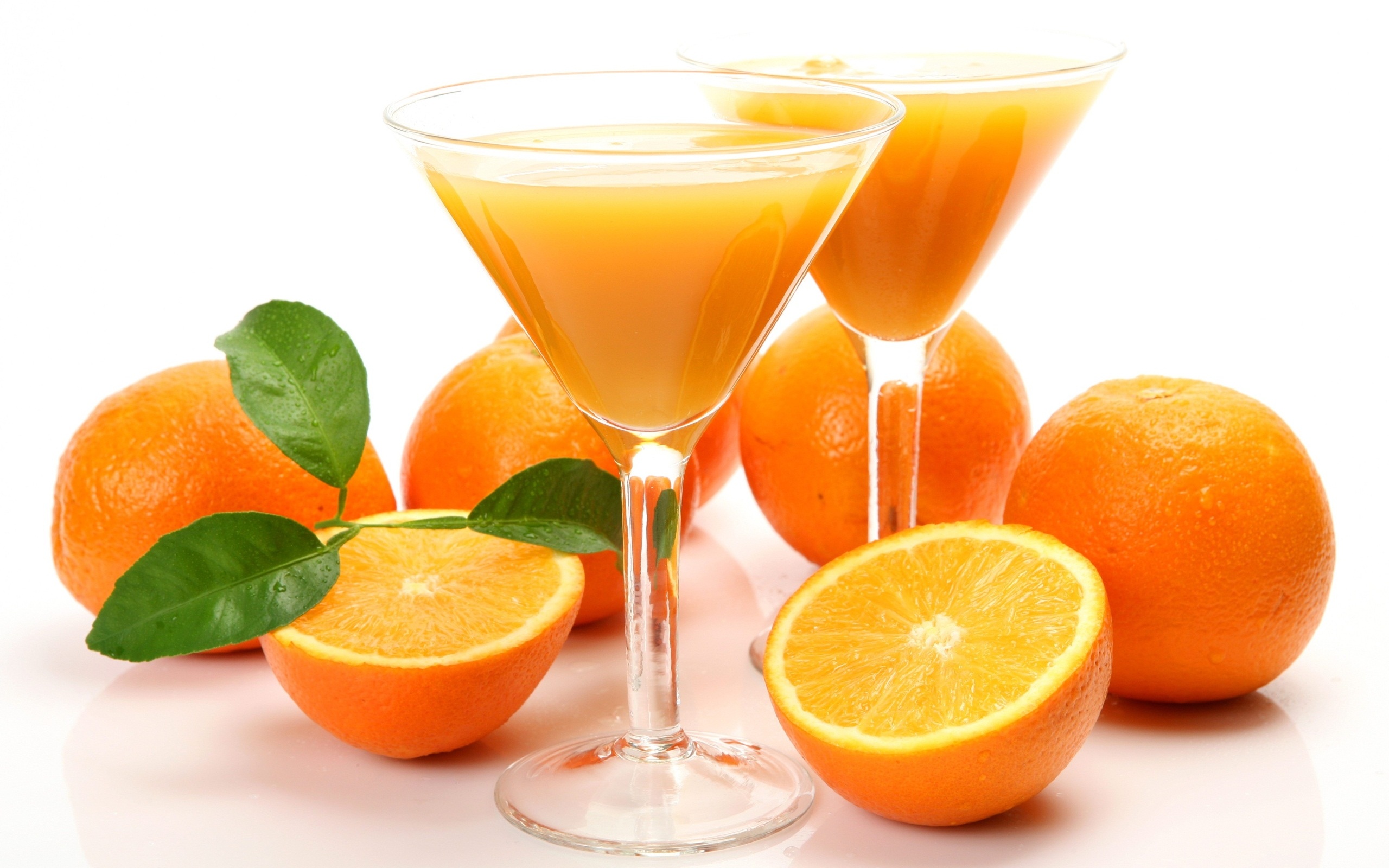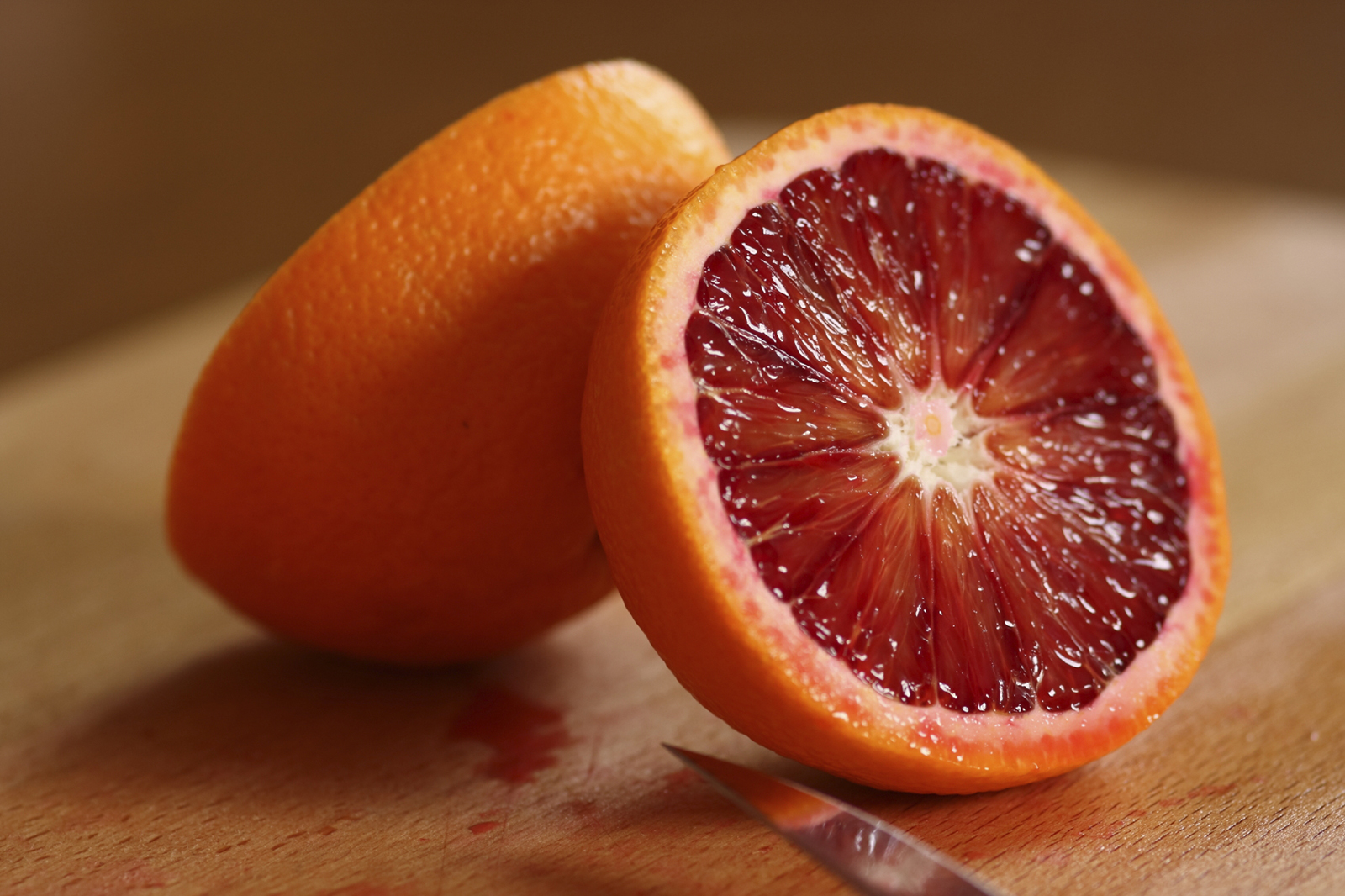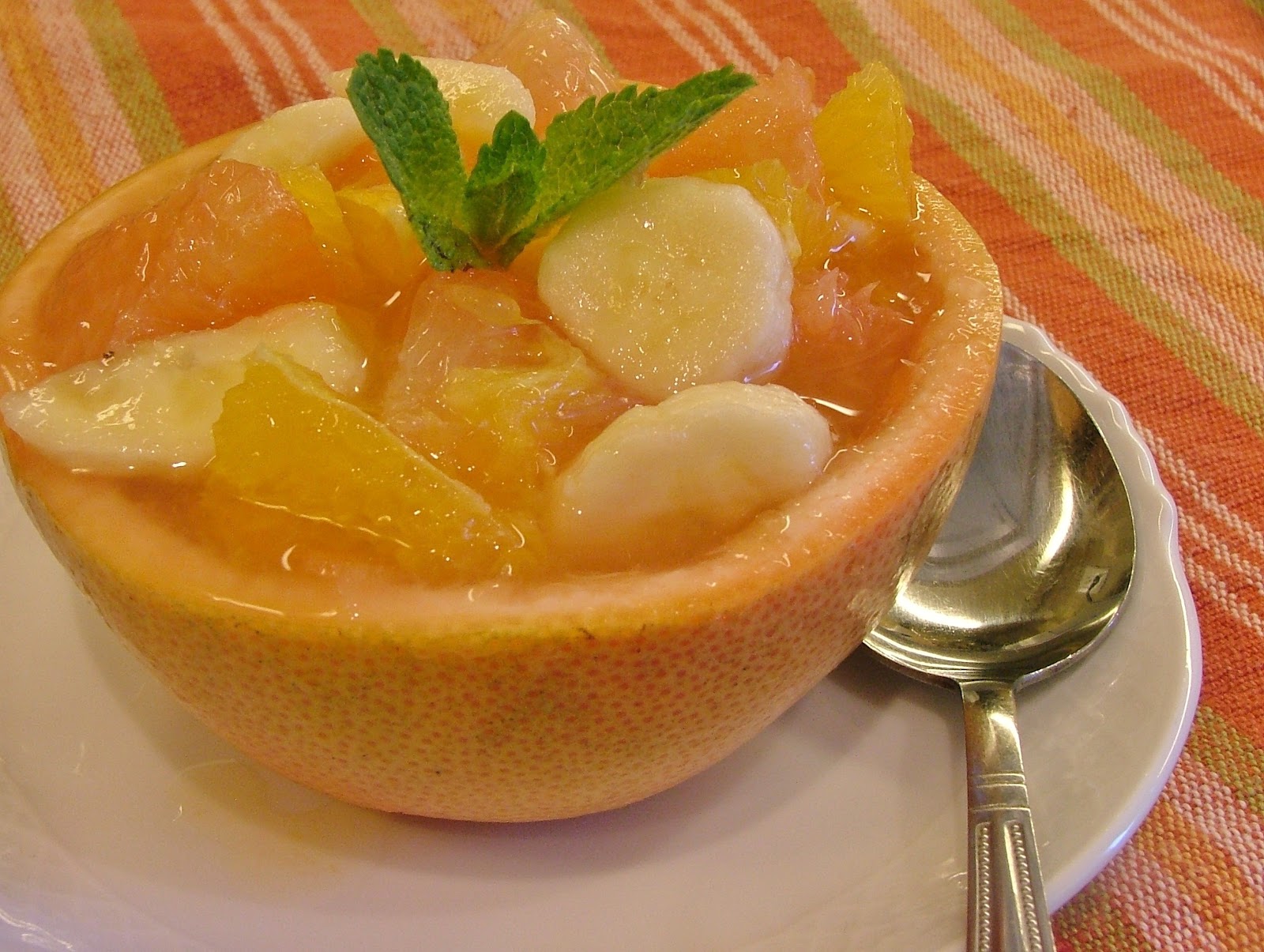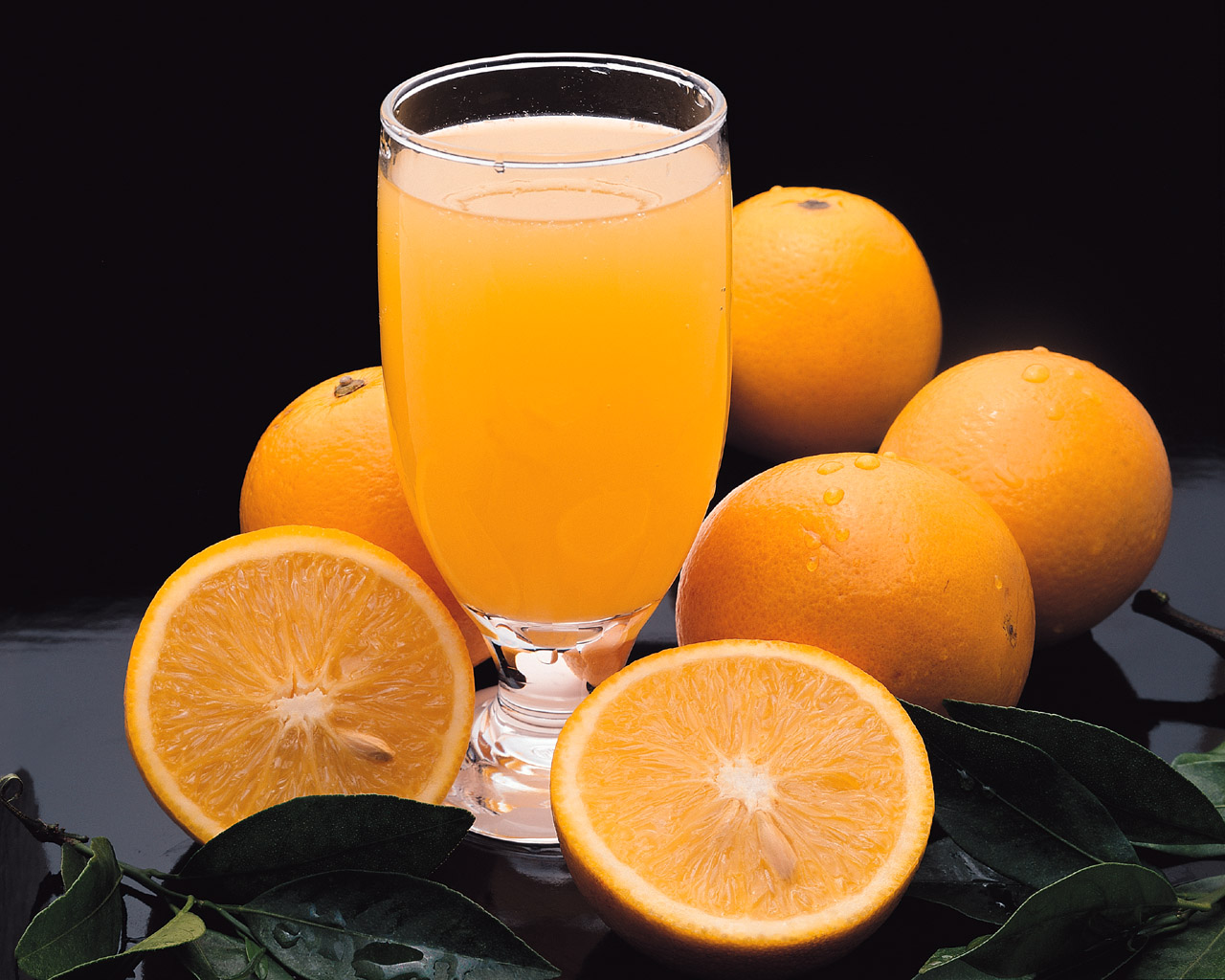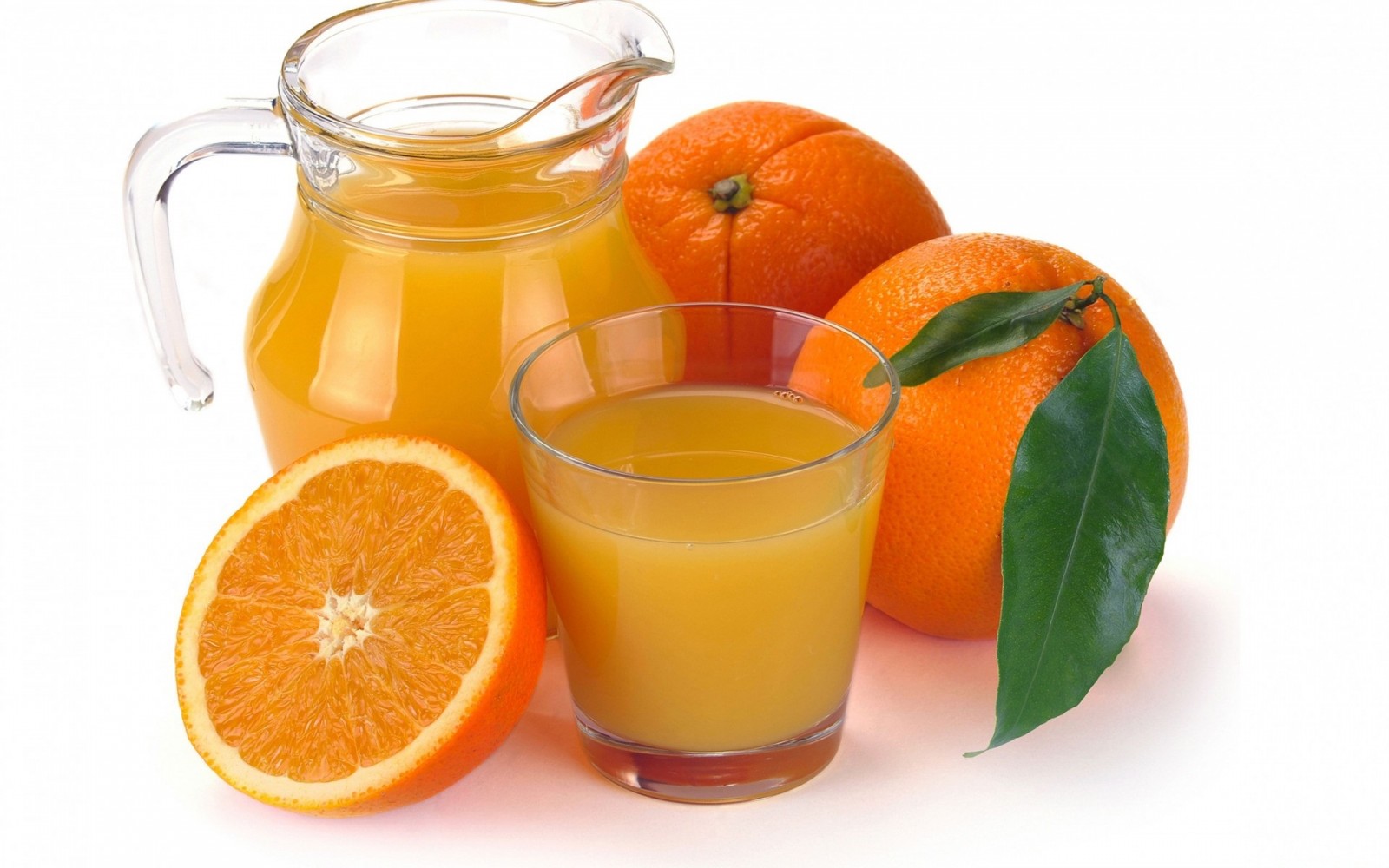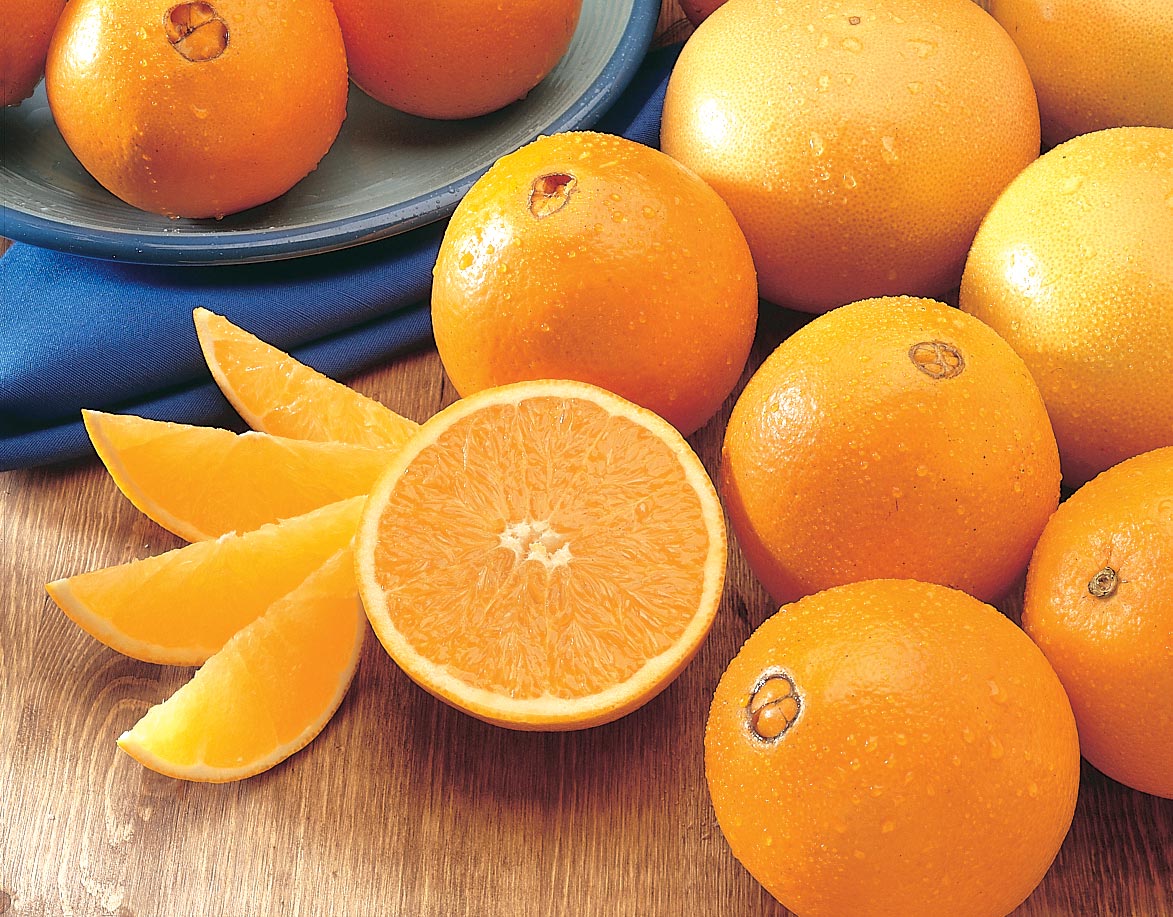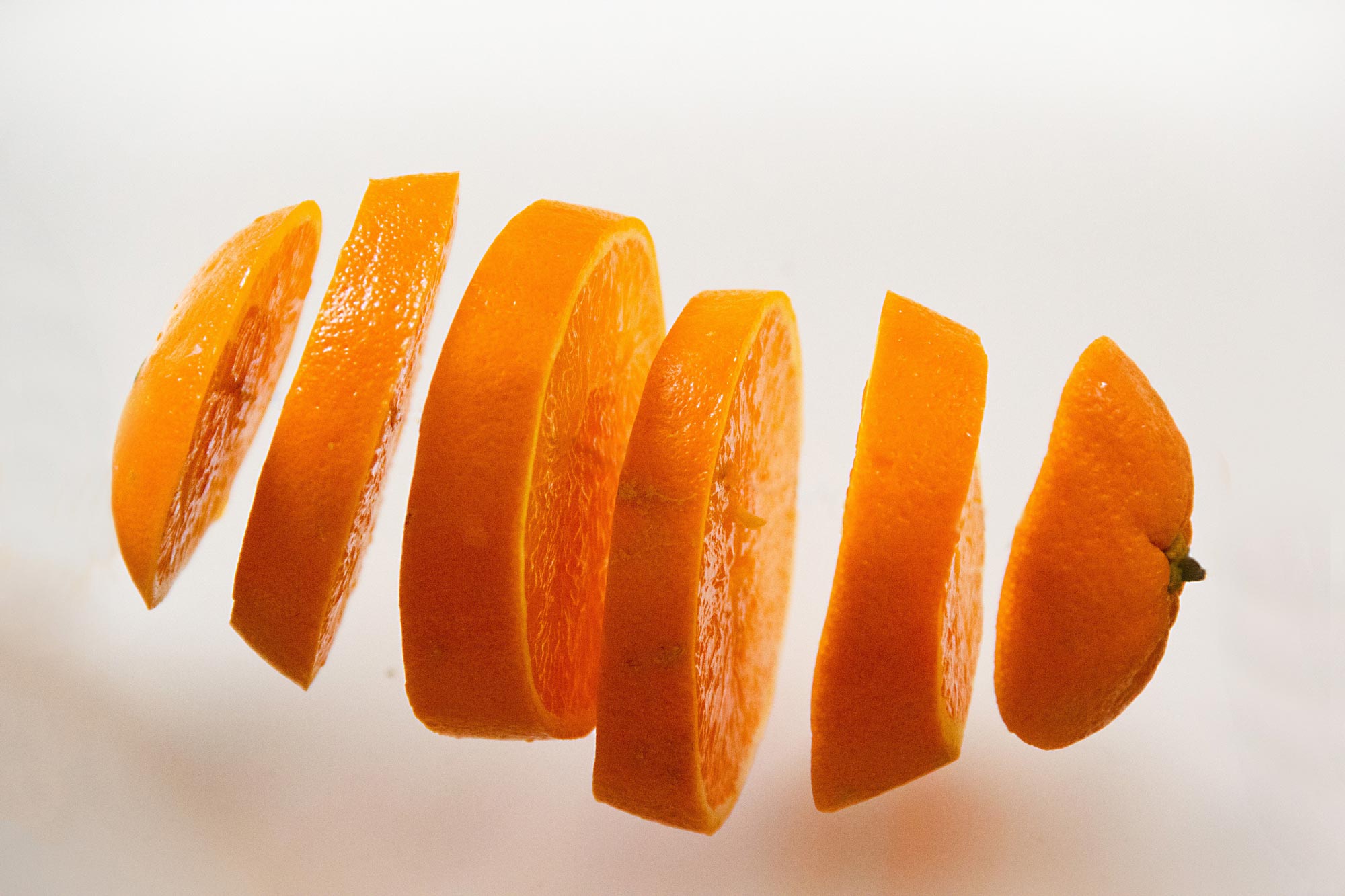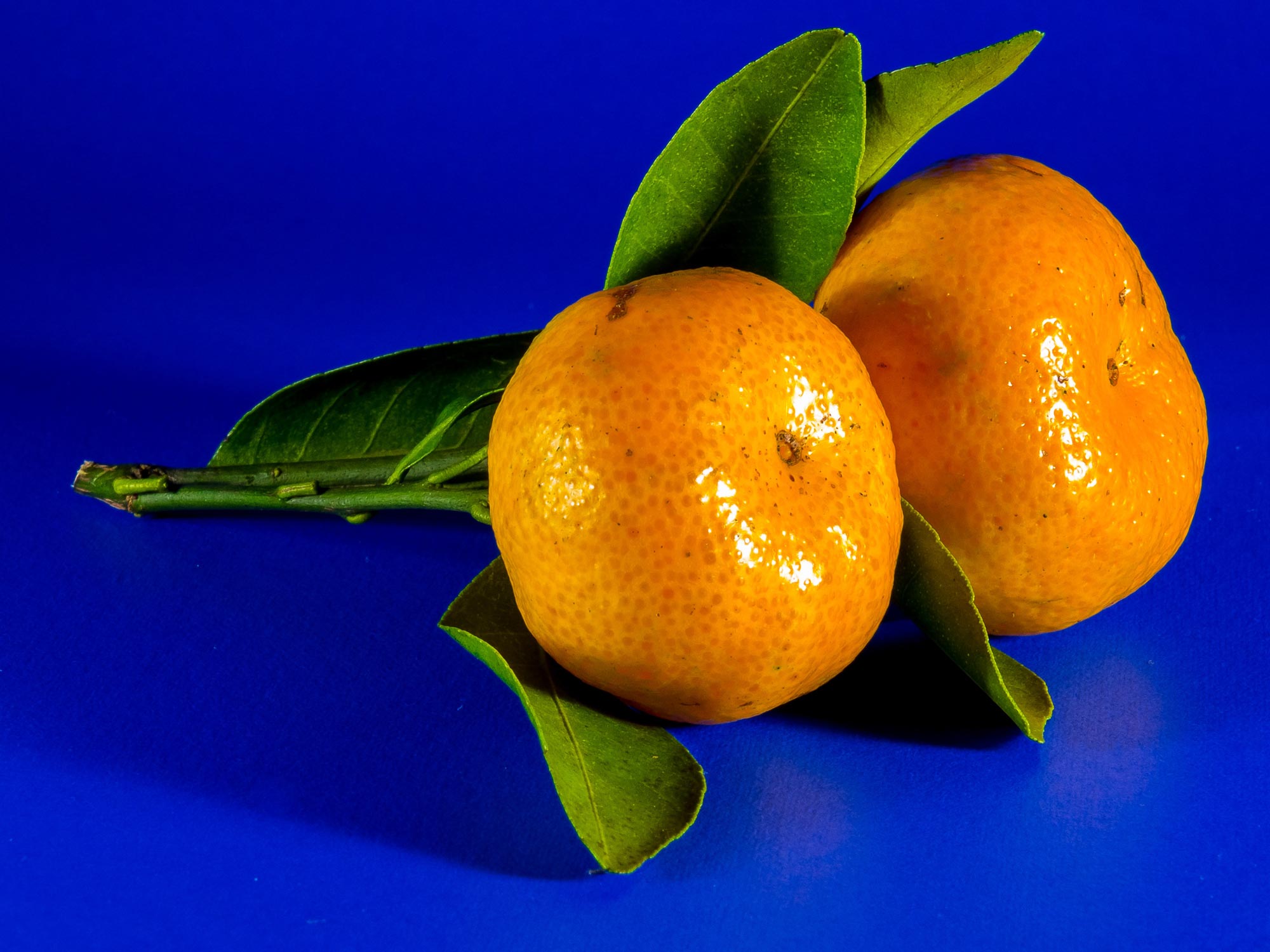Countless types of sweet oranges are grown throughout the world. Here are a few common varieties:
- Valencia orange: Often called summer oranges, they are harvested from March through June.
- Hamlin orange: A common early season variety, harvested from October through December.
- Shamouti orange: A variety grown in the Middle East. Also called Jaffa orange.
- Navel orange: A unique variety that is actually a conjoined twin. The navel, located at the bottom of the fruit, is a tiny second orange embedded inside the larger one.
- Blood orange: This variety has red flesh due to the presence of natural anthocyanin pigments. Very rich in various antioxidants.
- Cara Cara orange: A type of navel orange. They are red-fleshed just like blood oranges, but the red color is due to lycopene (25), an antioxidant also found in tomatoes and grapefruit.
Vitamins and Minerals In Oranges
Oranges are a good source of several vitamins and minerals, especially vitamin C, thiamin, folate and potassium.
- Vitamin C: Oranges are an excellent source of vitamin C. One large orange can provide over 100% of the daily recommended intake (4).
- Thiamin: One of the B-vitamins, also called vitamin B1. Found in a wide variety of foods.
- Folate: Also known as vitamin B9 or folic acid, folate has many essential functions and is found in many plant foods.
- Potassium: Oranges are a good source of potassium. High intake of potassium can lower blood pressure in people with hypertension and has beneficial effects on cardiovascular health (9).
SLIDESHOW: All Things Oranges
(via Authority Nutrition where you can read the full article)


